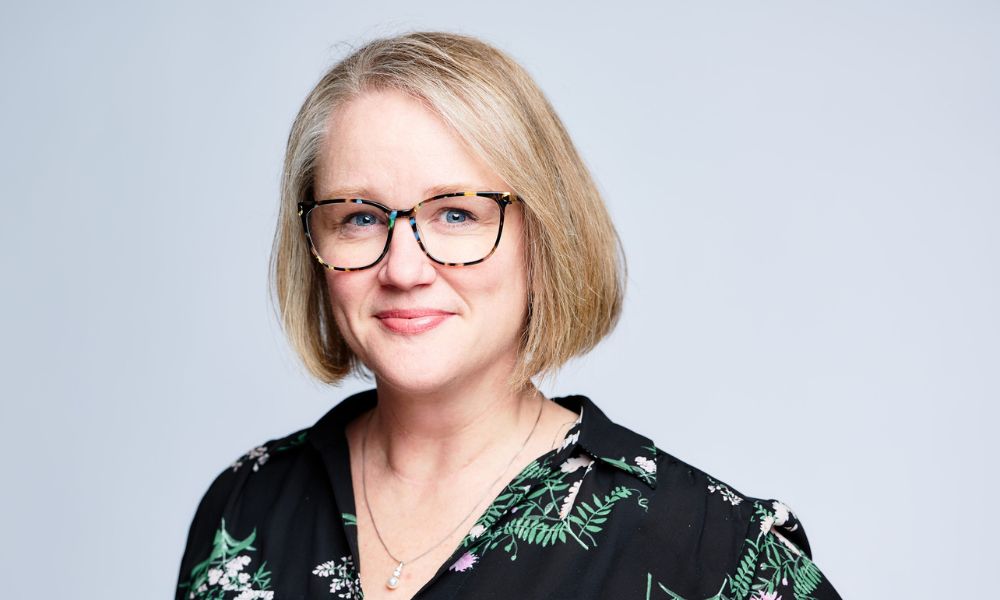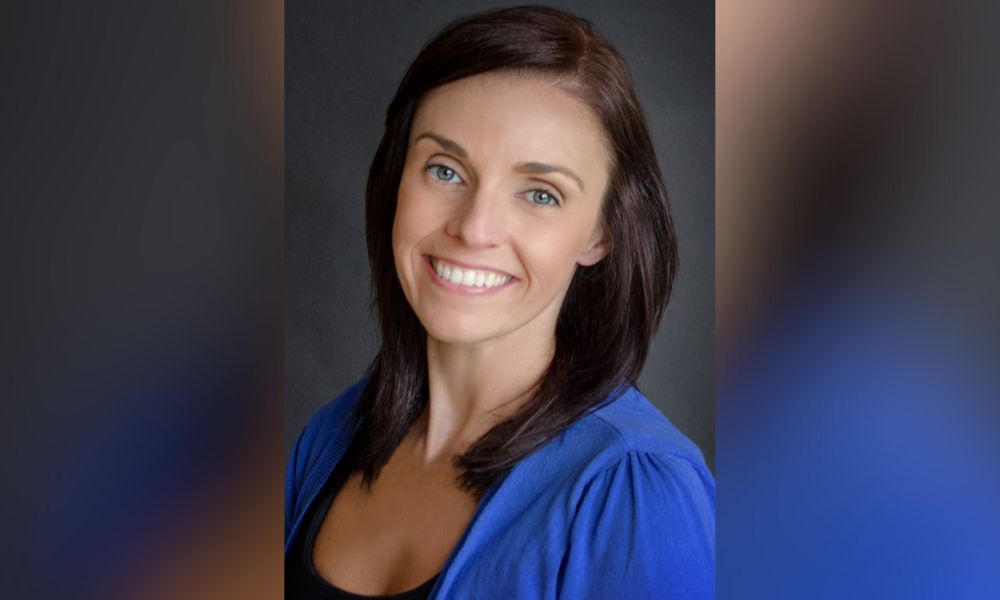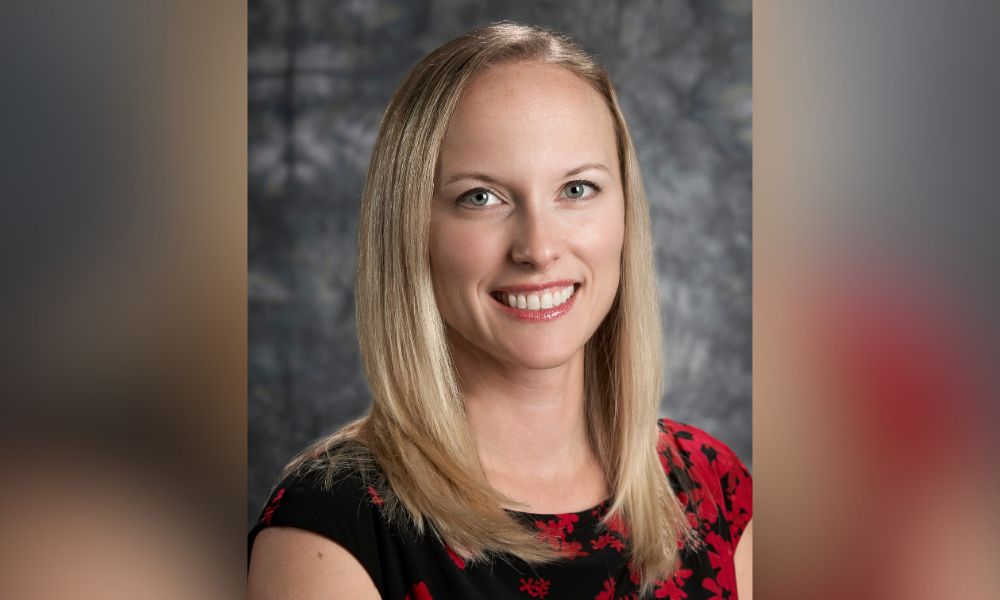How should DE&I and ESG fit into your insurance marketing strategy?

How should DE&I and ESG fit into your insurance marketing strategy? | Insurance Business America
Marketing
How should DE&I and ESG fit into your insurance marketing strategy?
Insurance marketing experts share the importance of a thoughtful approach
Diversity, equity and inclusion (DE&I) and environmental and social governance (ESG) have played an increasingly pivotal role within business in recent years. With marketing and communications professionals often having a seat at the table where it comes to related corporate conversations, experts from the Insurance Marketing & Communications Association (IMCA) shared how professionals can take a thoughtful approach to DE&I and ESG in brand messaging.
The IMCA marketers shared their top tips for successfully incorporating DE&I and ESG into marketing and communications strategies:
Consider whether potential employees or partners could see themselves fitting in with your company based on your messaging
Take the time to think about tropes and stereotypes that commonly used images can bolster, and how you can make the content you share more reflective of the workforce of today and tomorrow
Carry out creative reviews and understand that you take a leading role in shaping not only your company’s image, but also collectively as a profession the way that others see the world around them
Communication with different stakeholders to help aggregate your understanding of ESG efforts can build a more powerful and coherent message
Remember, sometimes what you do not say can be as telling as what you do say!
What advice did the IMCA experts have for approaching DE&I and ESG in insurance marketing and communications strategies?
Insurance Business asked the IMCA insurance marketing experts: Marketing as a reflection of the company now needs to be more thoughtful when it comes to ESG, DE&I and more. How are you considering all message implications when creating your brand strategies?
Emily Hathcoat, vice president, marketing, Risk Placement Services (RPS), former IMCA board chair
“Words and images have power, and because we are responsible for the words and images for our brands, marketing has the power to change the world.”

Marketing is part psychology and data science, which means that for us to be successful we need to understand what is important emotionally to our audience. Both ESG and DE&I have increased in their importance in business decisions and most of us agree that will continue to increase.
Everything we publish is taken into consideration by a potential employee or business partner. Can they “see” themselves at your company? Would they be proud to say that you are a business partner or supplier based on what you are publishing?
How many of us have defaulted to the “hands on keyboard” or the “people looking at laptop screen” image? Why are those hands always the same color? Why is the man always looking over the woman’s shoulder at the screen?
It takes intention and consistency, and communication. We do a creative review each quarter, so the whole team can see what type of image and language we are conveying in aggregate.
I am proud to be in a role that can have an impact on changing the face of our industry. When I grew up, commercials didn’t show working moms or multi-racial families. Advertisers were pushed to show these images in their creative, and it started to make “non-traditional” become normalized. Words and images have power, and because we are responsible for the words and images for our brands, marketing has the power to change the world. I think it’s not only important for marketers to take a lead role in ensuring the imagery we project is reflective of our audience, but important drivers in reflecting the type of world we know is possible.
For ESG specifically, there were many activities, programs and initiatives we already had in place but weren’t weaving together to tell a full story. The business focus on ESG, in particular, is an area where we could aggregate those current efforts. Balanced with the relative importance of ESG to our employees, our clients and to our business ventures, we could then identify what we were missing, and have focused on implementing programs to fill those gaps. That was a role marketing played that was not foreseen.
Jessica Marshall, senior vice president, director of marketing, CRC Group and IMCA director and treasurer (pictured below)
“We recognize that our audience – clients, partners, and teammates – want to see themselves reflected in our content and know that we truly see and understand them.”

This is something we’re constantly working toward to ensure that we are creating the most inclusive messaging. We recognize that our audience – clients, partners, and teammates – want to see themselves reflected in our content and know that we truly see and understand them. So we’re always asking ourselves if the content we’re producing communicates that we understand their needs, their values, their pain points, and their thoughts.
Charlene Goodwin, vice president, marketing, Admiral Insurance Group and IMCA director
“A company’s values and culture will dictate how a they respond – or don’t respond to a situation – and that speaks volumes.”

Over the course of my career, I’ve seen marketing and communications professionals become more involved in these types of conversations at the corporate level, which I think is really important. A company’s values and culture will dictate how they respond – or don’t respond to a situation – and that speaks volumes. Now more than ever, what you do not say or address is just as important as what you say and do.
Marcomm professionals have a critical role in translating a company’s values into messages, brands, and actions that are authentic and that they deliver on their promises. Likewise, every employee has a responsibility to ensure that they are also living the company’s values and holding peers and leadership accountable.
The first episode of IMCA’s peer2peer Podcast featured Kim Clark, an Amazon #1 bestseller and leading voice for DE&I communications and social justice messaging guidelines for brands. I recommend anyone interested in learning more check out this episode of the podcast.
About the IMCA
All three of the expert marketers not only have years of insurance marketing experience under their belts, they are also members of the IMCA. The North American marketing trade association was founded in 1923 and is made up of individuals with expertise in marketing, public relations, corporate communications, and emerging digital communication practices. In addition to connecting professionals and seeking to elevate the insurance marketing profession, the organisation also has guidelines intended to maintain brand standards within the industry.
How do you consider DE&I and ESG in your insurance marketing and communications strategy? Share your experience in the comments below.
Related Stories
Keep up with the latest news and events
Join our mailing list, it’s free!






